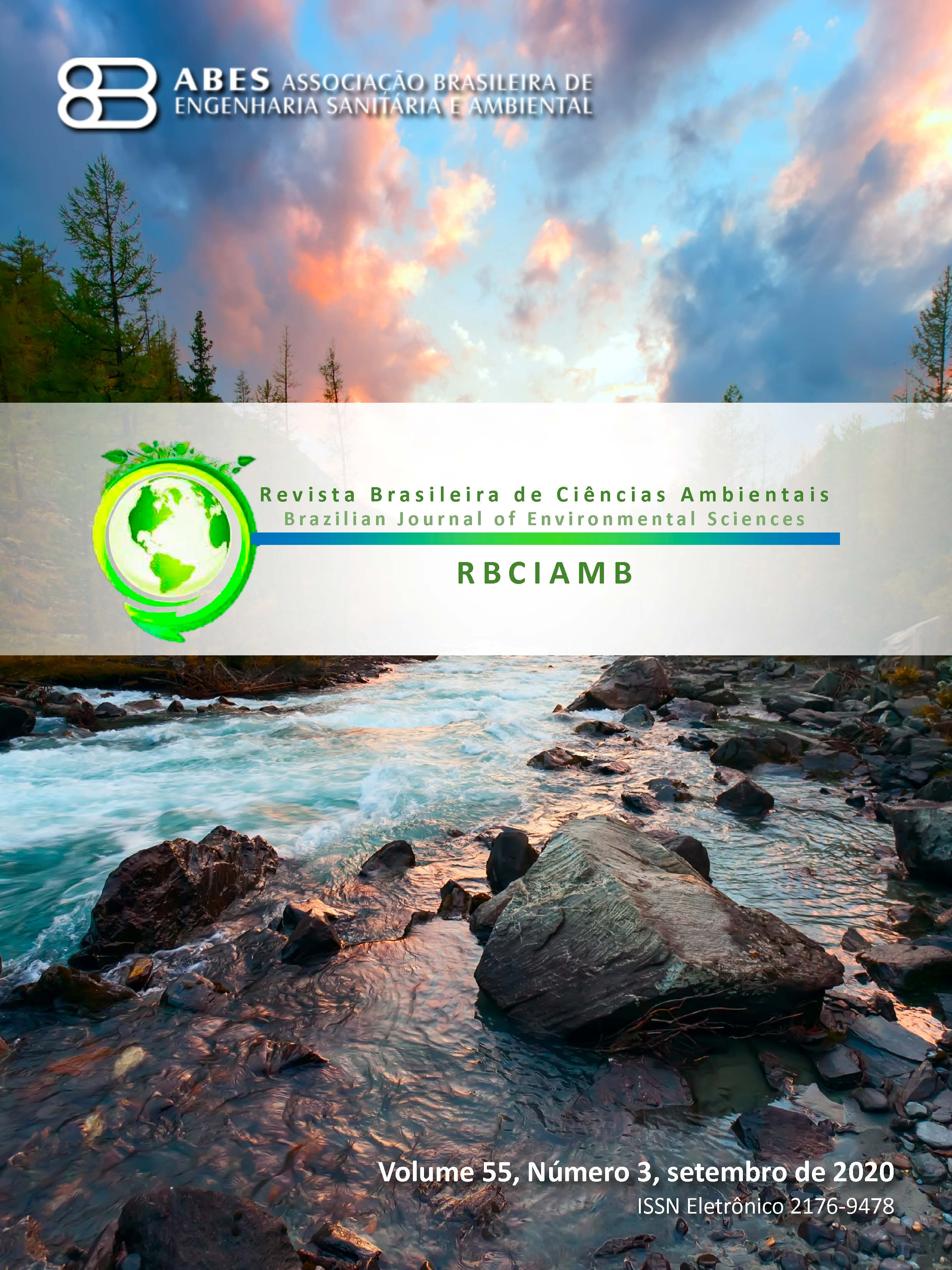ASSESSING GALLERY FOREST ECOSYSTEMS - CASE STUDY OF THE PAJEÚ GALLERY FOREST
DOI:
https://doi.org/10.5327/Z2176-947820200656Keywords:
Soil seed bank; Tropical Dry Forest; seedlings recruitment; ecosystem integrity; gallery forest quality indexAbstract
There is a lack of basic information about the Caatinga gallery forests. The aim of the study was to obtain basic information of the Pajeú gallery forest (Pernambuco, Brazil) and offer different ways to restore and conserve it. A characterization of the conservation status and its seed bank was made. The characterization was done using a quality index (QBR index) and an evaluation of land use through satellite images. Research was then conducted on the native plants of the Caatinga riparian forests in order to test active restoration methods in the field. To do so, a multi-criterion analysis was constructed and included all tree and shrub species based on previous local researches and found in literature. After this analysis, some species
were grown in a plant nursery to test their germination, survival and growth rates for different soils and irrigation frequencies. Finally, transplantation in the gallery forest was evaluated by observing survival and growth rates of different native species that were directly planted in the forest. Our results show that the global QBR was 43.73 and that 73% of lands had either an insufficient (64%) or bad (9%) quality. However, some areas maintained a high biodiversity. We observed 23,651 seed germinations from the seed bank,
where most germinations (53%) came from preserved site. Soils collected during the dry season also offered more seedlings (60%) than their rainy season counterparts (40%). As for active restoration, it was observed that some plants are better suited for tree nurseries and transplantation such as Sapindus saponaria, Vitex gardneriana, Celtis iguanaea and that by selecting the correct plants and techniques, the ecosystem can be restored. There is still a long way to restore Pajeú’s gallery forest. But studies like this are essential to increase knowledge of the ecosystem. This study could serve as a reference to design anagement/restoration strategies, prioritize actions and develop public policies that ensure integrity and long-term conservation
of the ecosystem and their functions.
Downloads
Downloads
Published
How to Cite
Issue
Section
License
Copyright (c) 2020 Revista Brasileira de Ciências Ambientais

This work is licensed under a Creative Commons Attribution 4.0 International License.


























